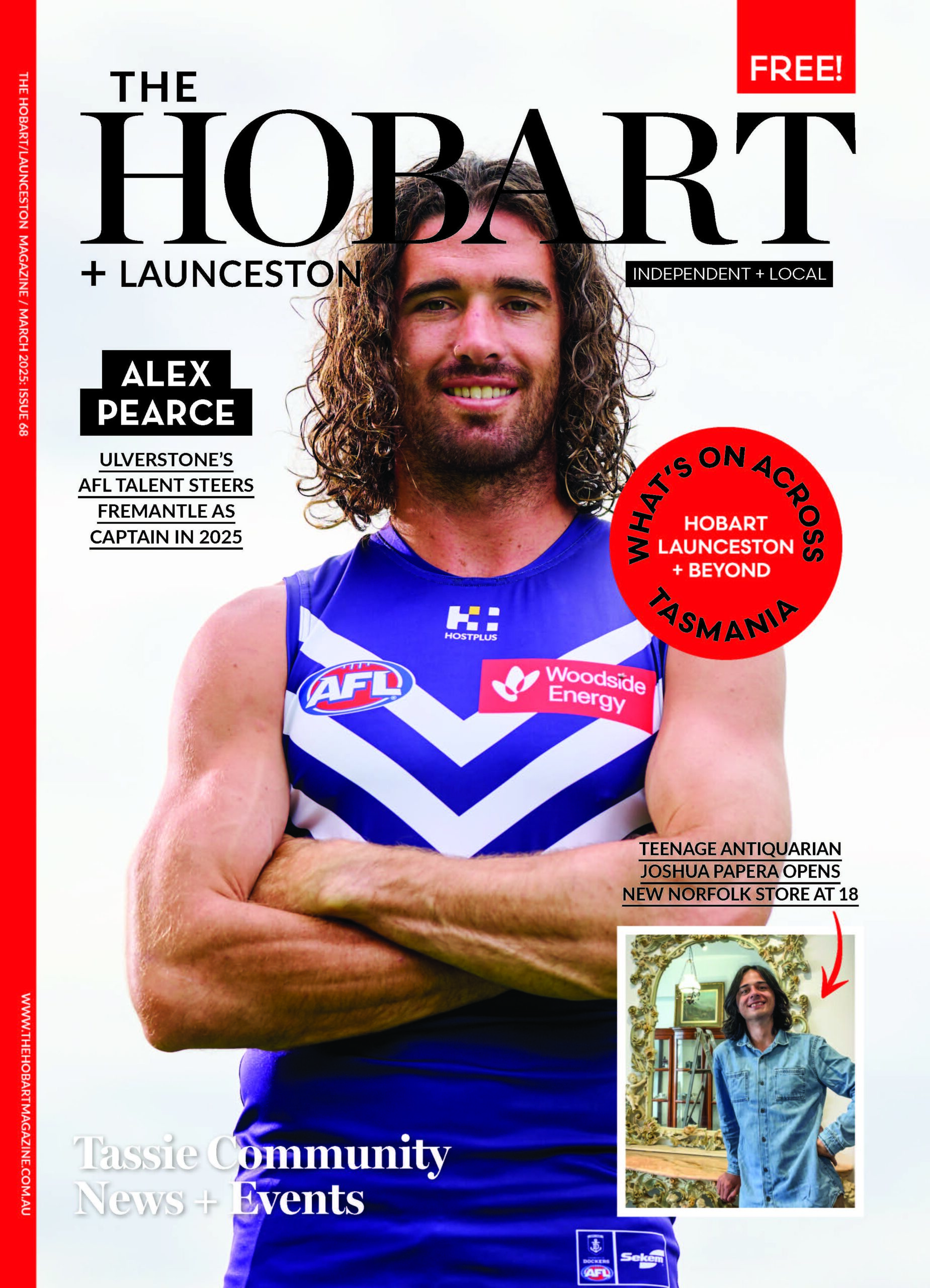New Book Explores Fern Tree on Fire
by Sarah Aitken

Fern Tree On Fire is a new book that looks at the impact of the 1967 bushfire on the bushy mountain suburb. It had a very timely release, with a recent fire threatening homes in Dynnyrne and Mt Nelson shortly after the anniversary of the 1967 fire that took 62 lives and made 7000 people homeless. Former Fern Tree resident Robin Hurburgh left the area after the fire, returning for the 50th anniversary and to compile the book.
Robin, what prompted you to create this book? In 2017 I flew from Townsville to Hobart to be a part of the 50th anniversary of the bushfire that destroyed my home along with thousands of others in Tasmania on that terrible February day in 1967. The Fern Tree Community Association had put together an exhibition Fern Tree Under Fire which included photos, maps, and many stories of survival, including my own. On that day, I met a number of childhood friends I hadn’t seen for 50 years. It was emotional and awesome, to say the least! Someone suggested our stories should go into a book. Tim Osborn, another survivor of the bushfire, had set up a website to collect the stories, and after the anniversary get-together, sent around an email asking for volunteers to form a committee to create a book. I was one of those who volunteered. The others were Peter and Sandy Boyer, Clive Calver, Dennis Davis, Liz Dombrovskis, Tim Osborn, Irene Schaffer and Di Williams.
What did you learn as you collected the personal stories within? It may seem odd, but until the 50th anniversary, I had little idea what had happened to the rest of Fern Tree. I now find it strange that I did not want to go back to Fern Tree in the days after the fire, to find out what happened to others. Living in the Hall’s Saddle area, my experience was very different from the hundreds of residents who gathered outside the Fern Tree Hotel. I think the experience was so traumatic that I could not take in any more. I needed my life to be normal. This was probably the case for a lot of people. So reading others’ stories I learned who had been burnt out, whose homes were saved, and the terrifying ordeal that others had experienced.
What are some of the bits of the book that will stay with you? From the start of the project, I didn’t want the book to be only about the day of the fire. Fern Tree is much more than that. I wanted the survivors to relate their memories of life at Fern Tree before the fire. I think that is what I cherish the most. The happy memories of kids growing up with total freedom; many children don’t seem to enjoy that anymore. If anyone is curious to know what Fern Tree looked like before the fire, the cover of the book shows Summerleas Road where it joins Huon Road, the hotel, the Streets’ shop and St Raphael’s Parish Hall and St Raphael’s Church.
What can we learn from the book that is relevant today? That fire can be sudden and deadly. The day can start with a blue sky, hot but seemingly normal, not even any smoke – this was my experience; then suddenly your life is threatened with fire so large and intense – how we all survived is a miracle! The lesson to be learned is to leave early. However, having said that, my father and I were at home on our own with no car. We could not leave. At 1.30 pm there was no fire that we could see in the Hall’s Saddle area. At 2.00 pm, our house no longer existed.
You’ve included a lot of images of Fern Tree before the fire – how different does it look to now? Architects make or break the visual beauty or otherwise of a place. Alan Cameron Walker (1864 – 1931) was the architect who created the uniqueness of Fern Tree. He designed St Raphael’s Church, built in 1893, the Springs Hotel, built in 1907, and St Raphael’s Parish Hall, built in 1924. The original single storey timber Fern Tree Inn, circa 1861, burned down on 22 June 1900. Its replacement two-storey Fern Tree Hotel was a lovely wooden building. A lot of pre-fire homes were made of rough sawn vertical boards, stained dark with sump oil, and possibly built in the early 1900s – very quaint. Fern Tree has very little of this quaintness left – only St Raphael’s Church still stands – a reminder of what has been lost.
Why did the organisers decide to donate the profits? The book was never meant to make money for the committee who put it together. Firstly, we wanted to give the survivors a book with their story in it. Then, we all wanted to give something back to the community of Fern Tree and it seemed appropriate to channel any profits into the volunteer Fern Tree Fire Brigade. This is to support the work its volunteer firefighters do year round to protect their community through: call-outs to urban & bush fires, motor vehicle crashes, chemical spills or any incident with a potential life risk or an adverse environmental impact, plus wildfire responses both intrastate or interstate. They are also active in community engagement, by facilitating the Bushfire Ready Neighbourhood program to 14 neighbourhoods in their primary response area. So hopefully the Brigade can use any profits to benefit Fern Tree as a whole. With the first print run sold out, send an email to ferntreeonfire55@gmail.com and the Brigade, which is looking after the second print run, will help.

